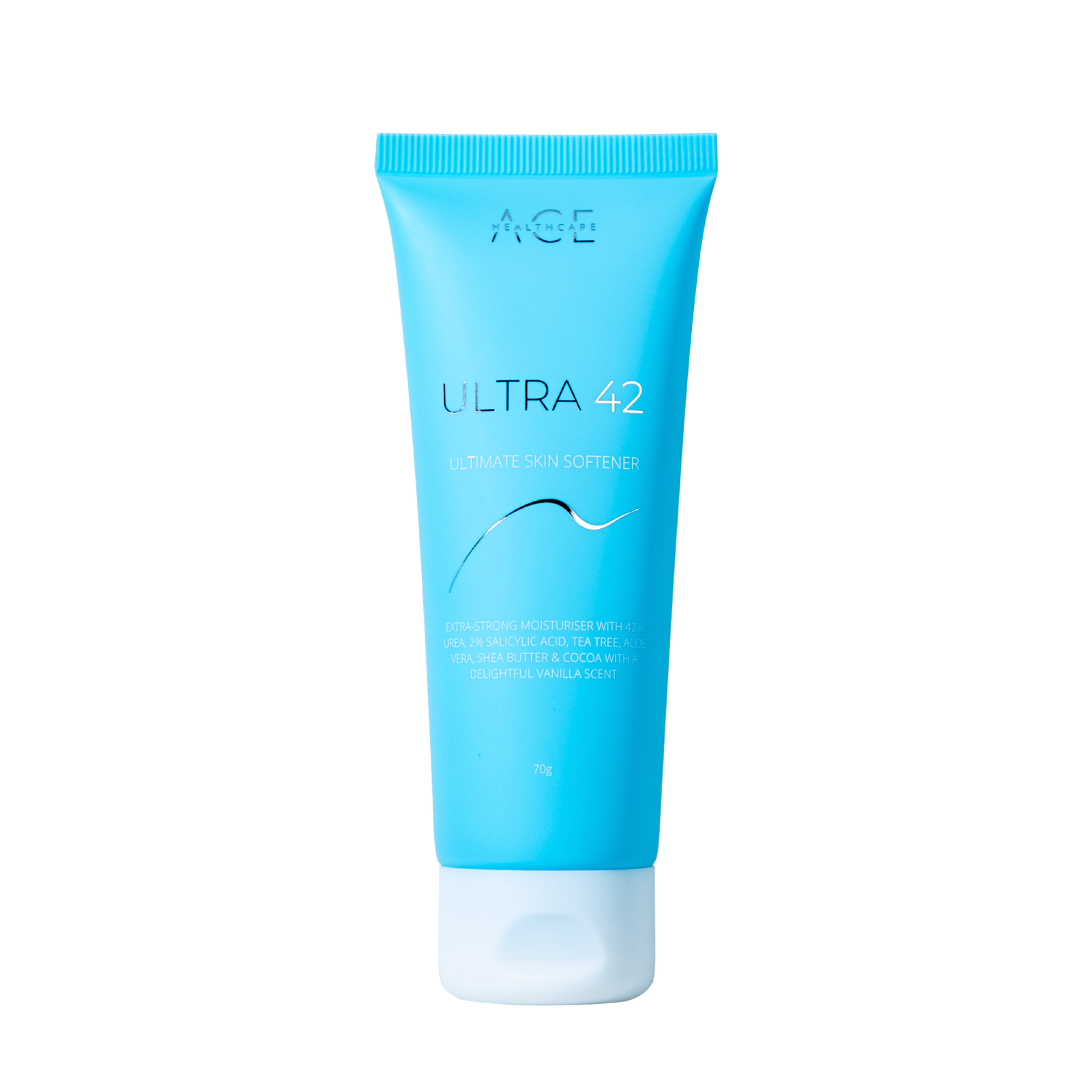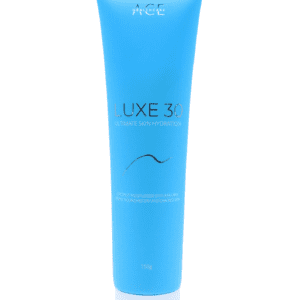Sever’s disease might sound alarming, but with the right information and care, it’s a condition that can be easily managed. Whether you’re experiencing symptoms yourself, or you’re just keen on expanding your knowledge, this blog is tailored to demystify Sever’s disease.
What is Sever’s Disease?
Sever’s disease, also known as calcaneal apophysitis, is a bone disorder that results from inflammation of the growth plate in the heel. This condition is most common among children and adolescents experiencing growth spurts, typically between the ages of 8 and 14.
The main concern with Sever’s disease is not the disease itself but the pain and discomfort it can bring to young individuals engaged in regular physical activity. The growth plate in the heel, being the last part of the foot to fully develop, can become overused and strained, particularly in kids who are very active or who have tight tendons.
Symptoms to Watch For
Symptoms of Sever’s disease are relatively straightforward and primarily include pain in the heels, which may worsen with physical activity. Other signs might include:
- Swelling and redness in the heel area
- Heel tenderness to the touch
- Walking on tiptoes or limping to avoid putting pressure on the heel
- Stiffness in the feet upon waking up
It’s important to recognise these symptoms early, as early intervention can lead to more effective management of the condition.
Risk Factors
Participation in physical activities, especially sports that involve running or jumping on hard surfaces, increases the risk of developing Sever’s disease due to the repetitive impact on the growth plates in the heels. Additionally, a tight Achilles tendon can exacerbate the problem by placing more strain on the heel.
Management and Treatment
The reassuring news about Sever’s disease is that it’s self-limiting, which means it typically resolves on its own once the growth plate in the heel has fully developed. However, managing the symptoms to relieve pain and discomfort is crucial, especially in active children.
Management strategies include:
- Resting and avoiding activities that exacerbate heel pain
- Applying ice to the affected area to reduce swelling and pain
- Stretching exercises to relieve tightness in the muscles around the heel
- Wearing properly fitted and supportive footwear
- Specialised orthotic inserts
- Using over-the-counter pain relievers, if necessary, to help manage discomfort
In some cases, physical therapy, heel lifts, or custom orthotics may be recommended to relieve symptoms.
At Foot Health Solutions, we stock a range of products that can assist with heel pain in children. Footlogics Kids Full Length Insoles and ¾ Length Insoles were designed to provide relief from Sever’s Disease with a shock-absorbing heel pad, and deep heel cup.
We also stock a range of Tuli’s Heel Cups. The Classic Cup is available in a smaller size so they are ideal for treating children and teens suffering with Sever’s Disease. Often referred to as ‘shock absorbers for your feet’ these cups will help ease the pain significantly.
Preventive Measures
As the saying goes, prevention is better than cure. Here are a few things that can help prevent Sever’s disease from developing in the first place:
- Encouraging children to take breaks during physical activities
- Ensuring they have properly fitted footwear for their activity level
- Stretching exercises, particularly focusing on the calves and heels, can help prevent tightness and strain on the growth plate in the heel.
When to see a Podiatrist
For persistent cases of Sever’s disease, or if you’re unsure about a diagnosis, consulting a podiatrist can provide clarity and specialised care. Podiatrists can recommend more targeted interventions such as orthotic devices to support the heel and alleviate pressure.
They can also guide rehab exercises and suggest modifications to activities to ensure a quick and effective recovery.
For parents and grandparents, understanding the mechanisms, symptoms, and care options for Sever’s disease is vital. By recognising the signs early and consulting a healthcare professional, you can help ensure a swift resolution to this painful but manageable condition.
In conclusion, while Sever’s disease may seem concerning due to its symptoms, it’s a relatively common and treatable condition. Awareness, early intervention, and proper care are key to navigating this growth-related disorder.
As always, if you have any serious concerns about your feet or lower limbs (or your children’s) we encourage you to visit your podiatrist. If you are based on the Gold Coast, we highly recommend our friends at ProMed Podiatry for their holistic approach to foot health.






